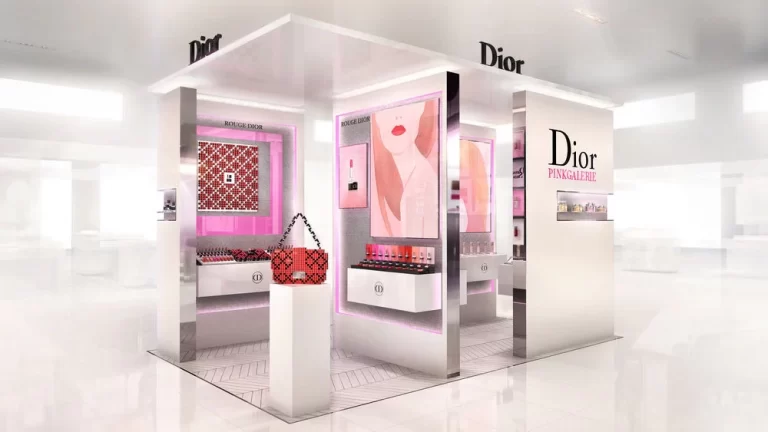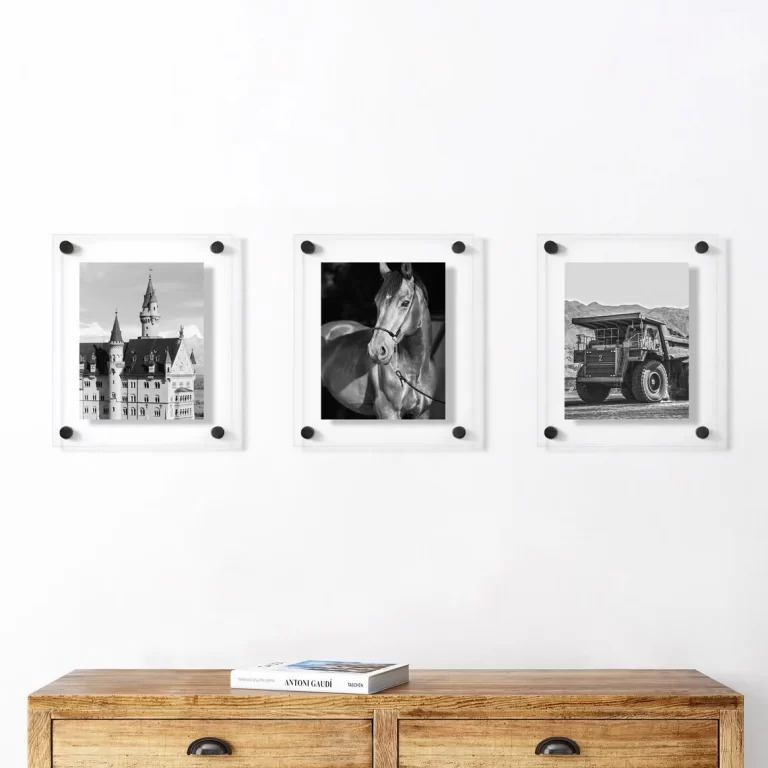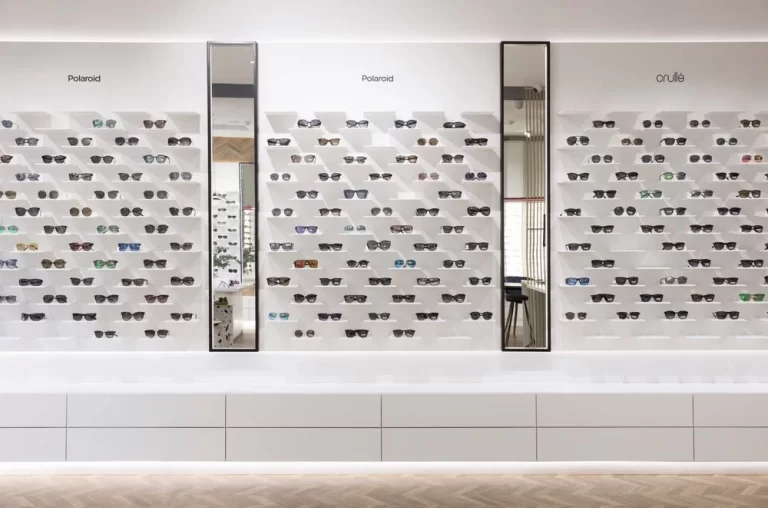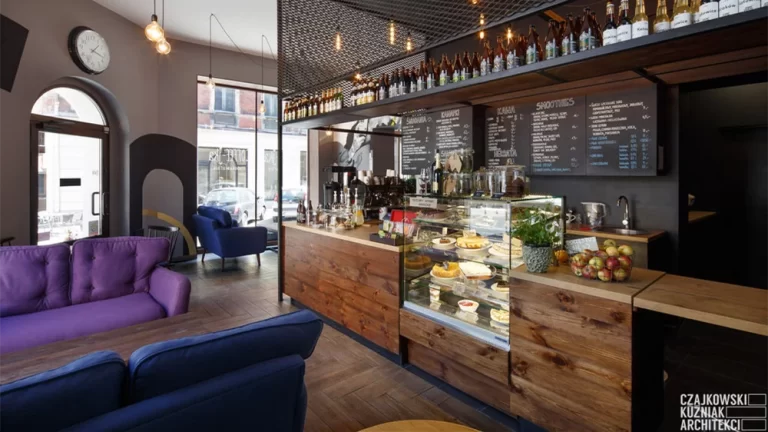Wholesale Cosmetic Display Stands: A Strategic Guide for U.S. Retail Excellence
In the competitive U.S. beauty market, where visual appeal drives 70% of purchasing decisions, wholesale cosmetic display stands are no longer optional—they’re a branding powerhouse. For retailers and brands aiming to scale efficiently, bulk orders of custom displays offer cost savings, design consistency, and compliance assurance. This guide explores how to leverage wholesale solutions to captivate shoppers and comply with U.S. regulations.
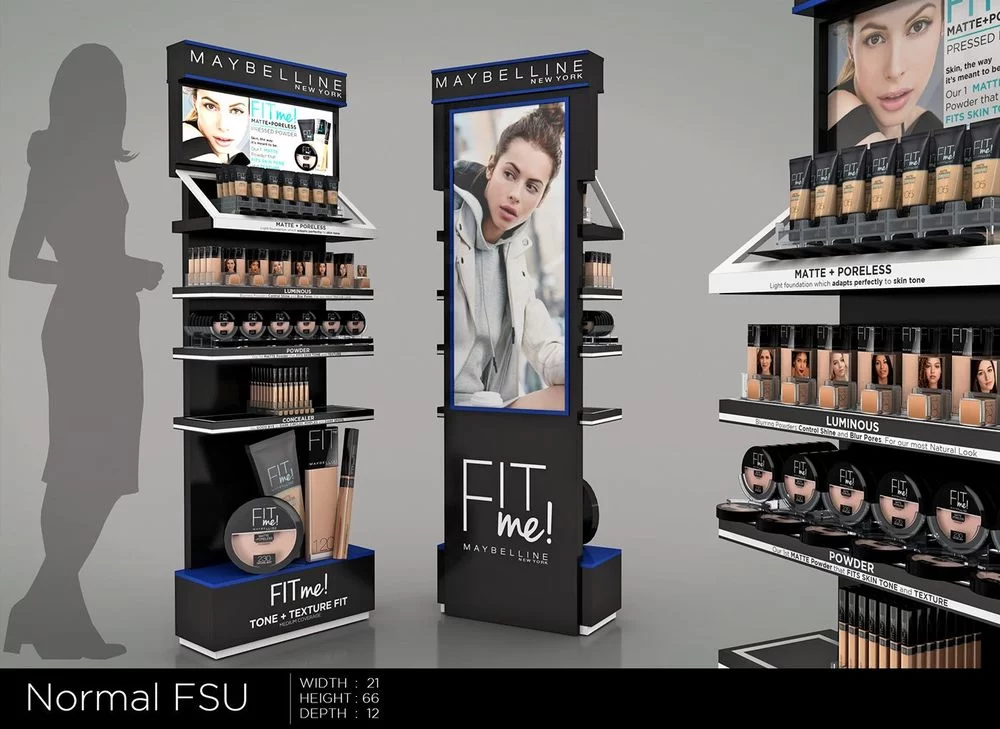
Why Wholesale Cosmetic Displays Are a Game-Changer
1. Cost Efficiency Meets Brand Consistency
Bulk orders reduce per-unit costs by 20–40%, enabling brands to deploy cohesive displays across multiple retail locations. For example, clean beauty brand Ilia saved 30% on nationwide Sephora rollouts by partnering with a cosmetic display supplier specializing in high-volume orders.
2. Scalability for Growing Brands
Modular designs allow displays to adapt to seasonal launches or expanding product lines. Suppliers like Leadshow offer reconfigurable units that evolve with your brand.
3. Compliance with U.S. Standards
Non-compliant displays risk recalls and fines. Key regulations include:
- FDA 21 CFR: For materials contacting cosmetics (e.g., lipstick testers).
- Flammability Ratings: Critical for displays with integrated lighting.
- ADA Compliance: Ensures accessibility for all shoppers.
Key Factors When Choosing a Cosmetic Display Supplier
1. Design Flexibility and Innovation
Look for suppliers offering:
- Customizable Templates: Adapt designs for lipstick towers, eyeshadow grids, or skincare trays.
- Material Variety: Options like recyclable acrylic, FSC-certified wood, or lightweight aluminum.
- Tech Integration: QR codes for tutorials, LED lighting, or AR features.
Key Takeaway: Review supplier portfolios for niche expertise (e.g., luxury vs. eco-friendly brands).
2. Sustainability and Cost Optimization
U.S. shoppers pay a 15% premium for eco-friendly brands. Strategies include:
- Plant-Based Acrylic: Reduces costs by $8/unit compared to traditional materials.
- Hybrid Designs: Units doubling as shipping containers or pop-up displays.
- Low-Waste Production: Repurpose offcuts into sample trays or accessories.
3. Logistics and Lead Time Management
Ensure suppliers provide:
- U.S. Warehousing: Reduces shipping delays and costs.
- Real-Time Tracking: Avoid customs bottlenecks (e.g., a 2023 shipment stuck for weeks).
- Durable Packaging: Custom crates to prevent damage during transit.
Supplier Comparison: Finding the Right Fit
| Criteria | Supplier A (Premium) | Supplier B (Mid-Range) | Supplier C (Budget) |
|---|---|---|---|
| MOQ | 50 units | 200 units | 500+ units |
| Material Options | 10+ (incl. sustainable) | 5–7 materials | 2–3 standard options |
| Compliance Docs | FDA, ADA, Prop 65 | FDA only | Limited/none |
| Lead Time | 8–12 weeks | 6–8 weeks | 4–5 weeks |
| Per-Unit Cost (500 units) | $45 | $38 | $55 |
Tip: Mid-range suppliers like Leadshow balance affordability with compliance.
FAQs: Answering Top Wholesale Concerns
Q1: What’s the minimum order quantity (MOQ) for wholesale displays?
Most suppliers start at 300 units, but niche partners offer 100-unit MOQs for startups.
Q2: Can I mix designs in a single bulk order?
Yes! Many suppliers allow combining 2–3 designs (e.g., lipstick stands + eyeshadow trays).
Q3: How do I ensure eco-friendly materials?
Request certifications like FSC or Cradle to Cradle and lifecycle assessments (LCAs).
Q4: What’s the typical production timeline?
- Prototyping: 2–4 weeks.
- Production: 6–10 weeks.
- Shipping: 1–3 weeks (with U.S. warehousing).
Conclusion: Elevate Your Retail Strategy with Wholesale Displays
Wholesale cosmetic display stands are a strategic investment for U.S. brands aiming to unify their retail presence, reduce costs, and comply with evolving regulations. By partnering with a cosmetic display supplier that prioritizes design innovation and sustainability, businesses can create immersive shopping experiences that turn browsers into loyal customers.


